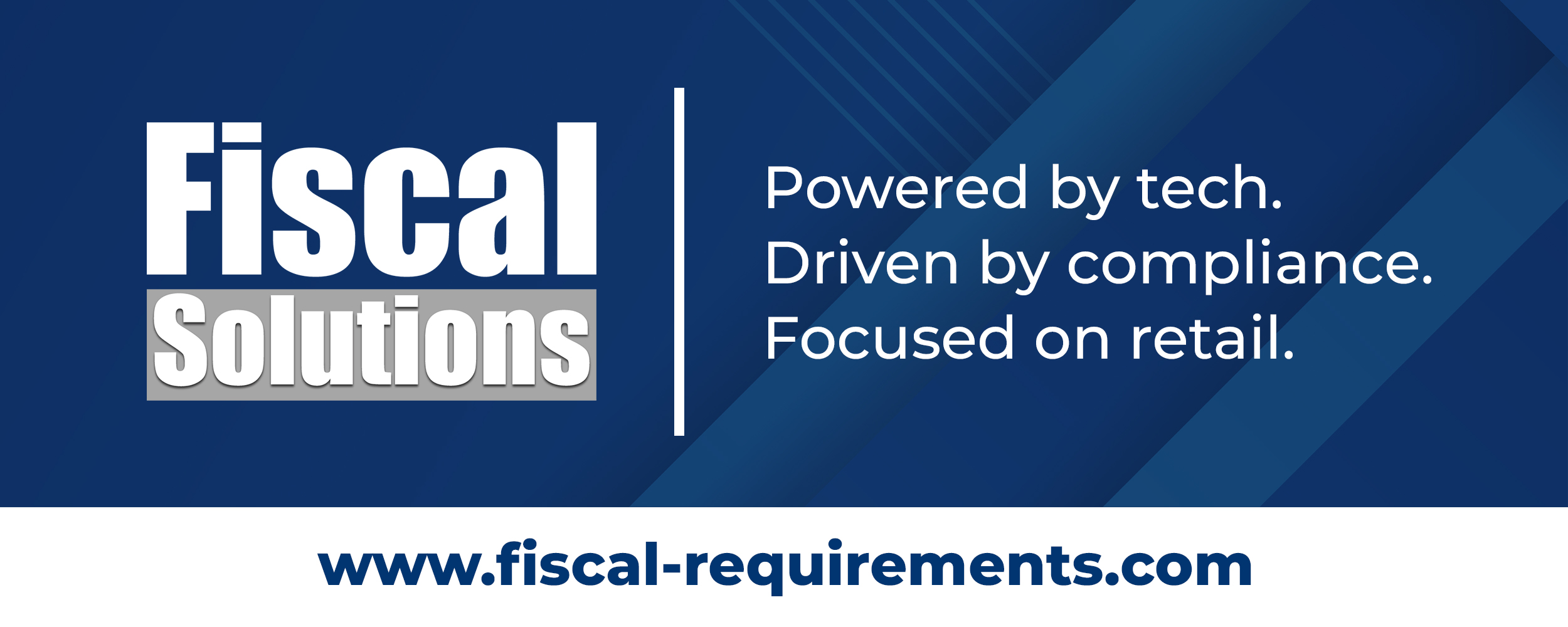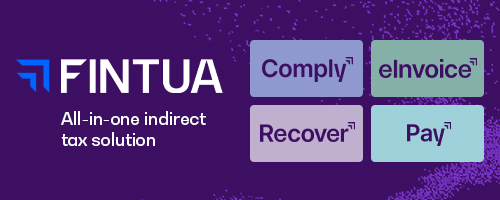The VAT aspects are as follows:
- Transition to Direct Billing: When digital businesses introduce direct billing solutions under the DMA, they become responsible for VAT-related matters. This includes calculating the applicable VAT, collecting it from customers, and remitting it to the relevant tax authorities.
- Additional Responsibilities: The transition to direct billing brings additional VAT-related responsibilities for digital businesses. They need to ensure compliance with VAT regulations, such as charging the correct VAT rates based on the customer’s location and issuing VAT-compliant invoices.
- VAT Calculation and Collection: Digital businesses adopting direct billing solutions must accurately calculate the VAT amount based on the applicable rates. They need to collect the VAT from customers during the billing process and ensure proper documentation of the VAT amounts collected.
- Remittance of VAT: As part of their VAT responsibilities, digital businesses must remit the VAT collected to the appropriate tax authorities within the prescribed timelines. This involves filing VAT returns and making VAT payments as required by the applicable regulations.
- Gatekeepers and VAT Compliance: The DMA aims to regulate large online platforms known as “gatekeepers,” including Alphabet, Amazon, Apple, ByteDance, Meta, and Microsoft. These gatekeepers, when facilitating direct billing, will have to comply with VAT regulations and fulfill their VAT-related obligations, such as collecting and remitting VAT on transactions conducted through their platforms.
Source Fonoa
Click on the logo to visit the website
Join the Linkedin Group on VAT/GST and E-Commerce HERE
Latest Posts in "European Union"
- Impact of New EU VAT Framework on Italian Distance Sales and Imported Goods
- CJEU to Rule on Danish VAT Group Ownership Law Compatibility with EU Directive
- EU Mandates Textile EPR: Brands Must Adapt to New Waste Framework Directive
- AG’s Opinion in Lyko Case: New Perspectives on VAT Treatment of Loyalty Programs
- VAT Compliance for Online Sellers: Essential Tips for Digital Goods















